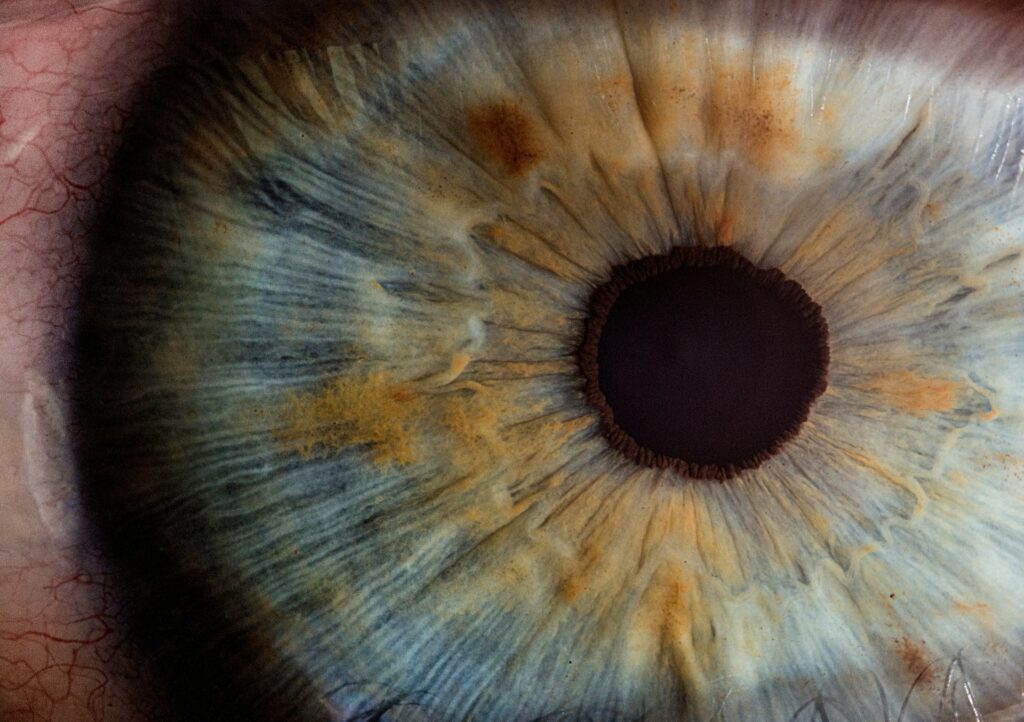[ad_1]
NVIDIA researchers are presenting new visible generative AI fashions and methods on the Computer Vision and Pattern Recognition (CVPR) convention this week in Seattle. The developments span areas like customized picture era, 3D scene modifying, visible language understanding, and autonomous car notion.
“Synthetic intelligence, and generative AI specifically, represents a pivotal technological development,” stated Jan Kautz, VP of studying and notion analysis at NVIDIA.
“At CVPR, NVIDIA Analysis is sharing how we’re pushing the boundaries of what’s potential — from highly effective picture era fashions that would supercharge skilled creators to autonomous driving software program that would assist allow next-generation self-driving automobiles.”
Among the many over 50 NVIDIA analysis tasks being introduced, two papers have been chosen as finalists for CVPR’s Greatest Paper Awards – one exploring the training dynamics of diffusion models and one other on high-definition maps for self-driving cars.
Moreover, NVIDIA has gained the CVPR Autonomous Grand Problem’s Finish-to-Finish Driving at Scale observe, outperforming over 450 entries globally. This milestone demonstrates NVIDIA’s pioneering work in utilizing generative AI for complete self-driving car fashions, additionally incomes an Innovation Award from CVPR.
One of many headlining analysis tasks is JeDi, a brand new method that enables creators to quickly customise diffusion fashions – the main method for text-to-image era – to depict particular objects or characters utilizing just some reference photographs, somewhat than the time-intensive means of fine-tuning on customized datasets.
One other breakthrough is FoundationPose, a brand new basis mannequin that may immediately perceive and observe the 3D pose of objects in movies with out per-object coaching. It set a brand new efficiency file and will unlock new AR and robotics functions.
NVIDIA researchers additionally launched NeRFDeformer, a way to edit the 3D scene captured by a Neural Radiance Area (NeRF) utilizing a single 2D snapshot, somewhat than having to manually reanimate modifications or recreate the NeRF solely. This might streamline 3D scene modifying for graphics, robotics, and digital twin functions.
On the visible language entrance, NVIDIA collaborated with MIT to develop VILA, a brand new household of imaginative and prescient language fashions that obtain state-of-the-art efficiency in understanding photographs, movies, and textual content. With enhanced reasoning capabilities, VILA may even comprehend web memes by combining visible and linguistic understanding.
NVIDIA’s visible AI analysis spans quite a few industries, together with over a dozen papers exploring novel approaches for autonomous car notion, mapping, and planning. Sanja Fidler, VP of NVIDIA’s AI Analysis workforce, is presenting on the potential of imaginative and prescient language fashions for self-driving automobiles.
The breadth of NVIDIA’s CVPR analysis exemplifies how generative AI might empower creators, speed up automation in manufacturing and healthcare, whereas propelling autonomy and robotics ahead.
(Picture by v2osk)
See additionally: NLEPs: Bridging the gap between LLMs and symbolic reasoning
Need to study extra about AI and large knowledge from trade leaders? Take a look at AI & Big Data Expo happening in Amsterdam, California, and London. The excellent occasion is co-located with different main occasions together with Intelligent Automation Conference, BlockX, Digital Transformation Week, and Cyber Security & Cloud Expo.
Discover different upcoming enterprise expertise occasions and webinars powered by TechForge here.
[ad_2]
Source link
